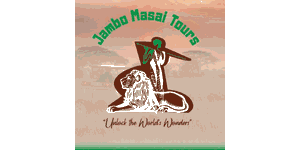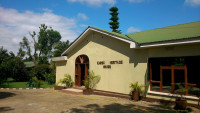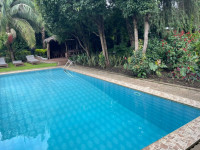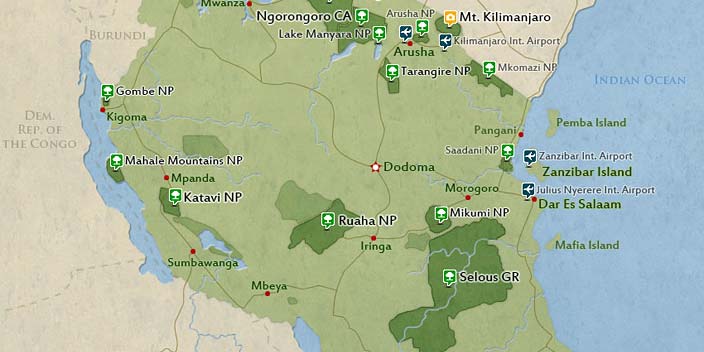
$680 pp (USD)
2 travelers on Start dateArrival
Arrival

Day 1
Arrive in Arusha and transfer to your lodge
Arrive in Arusha and transfer to your lodge
Arrive at Kilimanjaro Airport or the designated meet-up point, where you'll be warmly greeted and transferred to your accommodation in Arusha City for an overnight stay. Nestled at the base of the volcanic Mount Meru in Tanzania, Arusha is a vibrant gateway to the region’s premier safari destinations. The Great Rift Valley cuts through the area, adding to its stunning landscapes.
Arusha is the perfect starting point for your safari adventure. It offers attractions like the National Natural History Museum, which features exhibits on early human history, regional flora and fauna, and the rich history of the area. The region also has several notable lakes, including Momella Lake, Lake Eyasi, Lake Duluti, Lake Natron, and Lake Manyara.
- Main Destination:
- Arusha (City)
- Accommodation:
- Karibu Heritage House
- Meals & Drinks:

Day 2
Arusha to Serengeti National Park
Arusha to Serengeti National Park
At 6:30 AM, you'll be picked up and driven from Arusha to the Serengeti National Park. Situated in northern Tanzania and spanning 14,763 kilometers, this iconic park borders the Ngorongoro Highlands and Kenya's Masai Mara National Reserve. Known for hosting the world’s largest annual migration, more than 1.5 million wildebeests and zebras journey between Kenya and Tanzania each year. This incredible migration, the longest overland migration in the world, covers approximately 800 kilometers annually.
From April to May, the herds travel through the Western Corridor towards the northern part of the park. From July to October, they bravely cross the Grumeti and Mara Rivers, where about 3,000 crocodiles lie in wait. Witnessing this breathtaking and dramatic spectacle is truly a once-in-a-lifetime experience.
- Main Destination:
- Serengeti National Park
- Accommodation:
- Budget camping
- Meals & Drinks:

Day 3
Serengeti National Park game drive
Serengeti National Park game drive
Enjoy another game drive in Serengeti until around noon, then depart for the Ngorongoro Crater. Formed by a volcanic explosion and collapse 2 to 3 million years ago, the crater is 610 meters (2,000 feet) deep and spans 260 square kilometers (100 square miles). The original volcano is estimated to have been 4,500 to 5,800 meters (14,800 to 19,000 feet) high, with the crater floor now at an elevation of 1,800 meters (5,900 feet) above sea level.
Home to approximately 25,000 large animals, including black rhinoceroses, African buffalos, elephants, hippopotamuses, wildebeests, zebras, elands, Grant's and Thomson's gazelles, lions, leopards, and waterbucks, the crater offers a serene and diverse wildlife experience. Notably, the giraffe is the only large animal not found within the crater.
- Main Destination:
- Central Serengeti National Park
- Accommodation:
- Budget camping
- Meals & Drinks:

Day 4
Ngorongoro to Arusha
Ngorongoro to Arusha
In the early morning, descend to the crater floor for a captivating 6-hour tour, which offers incredible game viewing. Today promises another thrilling adventure in the bush, allowing you to deeply connect with your chosen destination through exciting activities and local interactions.
The Ngorongoro Crater, recognized as a UNESCO World Heritage Site, is one of Africa's largest volcanic calderas - the world's largest inactive, intact, and unfilled volcanic structure. Formerly inhabited by indigenous Maasai communities for generations, the crater is now renowned for its diverse wildlife. While the Maasai people no longer reside within the crater due to conservation efforts, it remains a sanctuary for magnificent animals such as rhinos, lions, hyenas, wildebeests, zebras, buffaloes, and numerous other herbivores and carnivores. Enjoy this unique and enriching experience surrounded by the natural wonders of the Ngorongoro Crater.
- Main Destination:
- Ngorongoro Crater
- Accommodation:
- No accommodation (End of tour)
- Meals & Drinks:




















